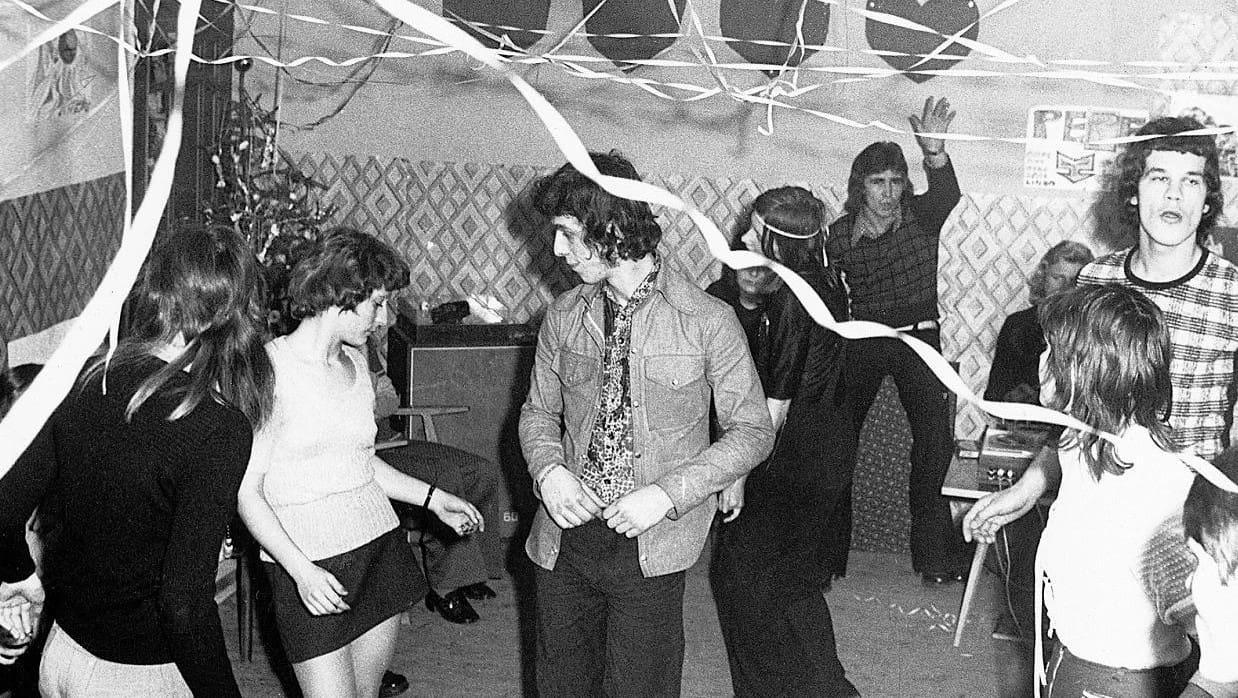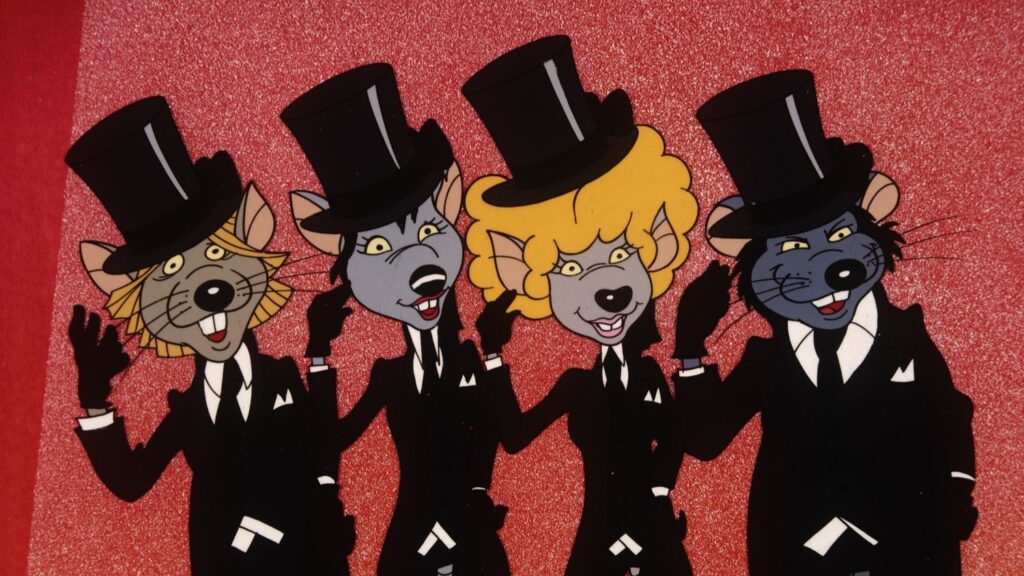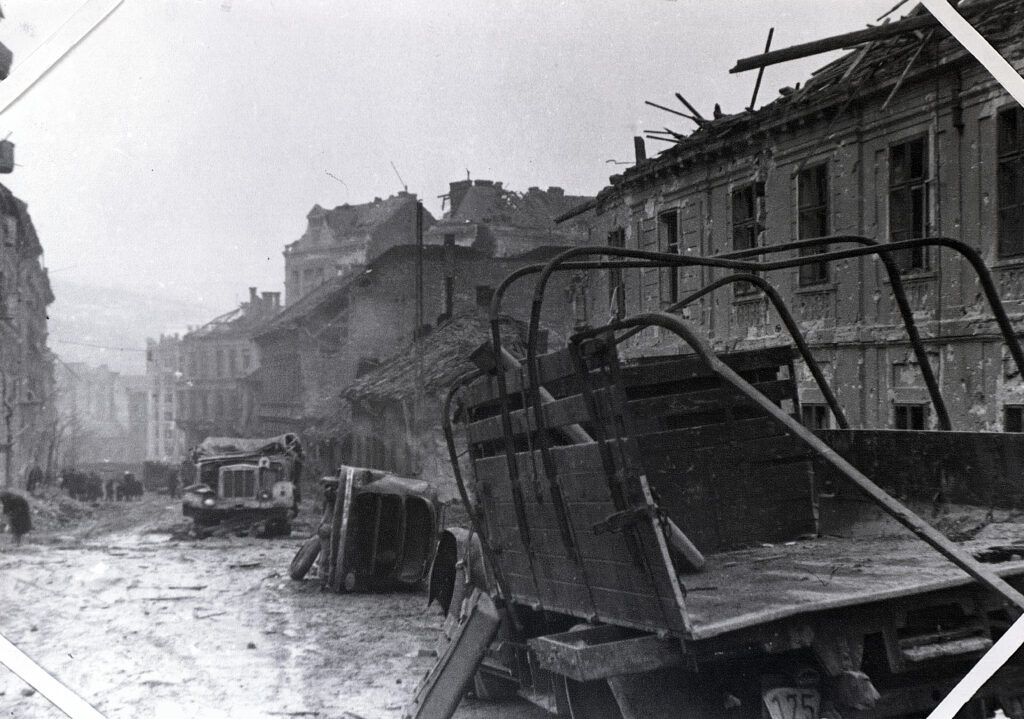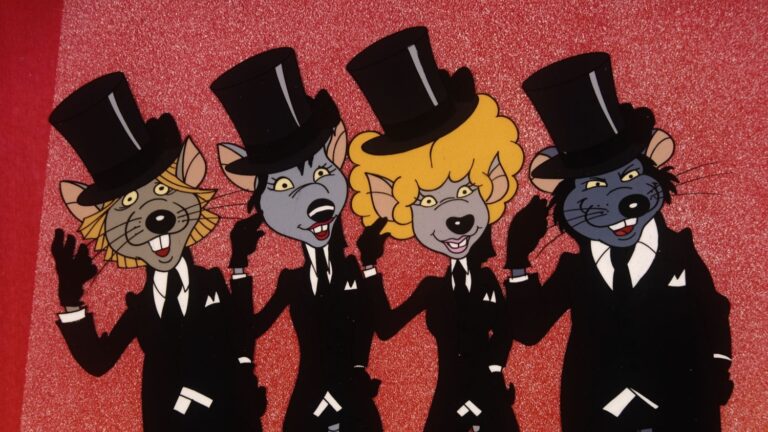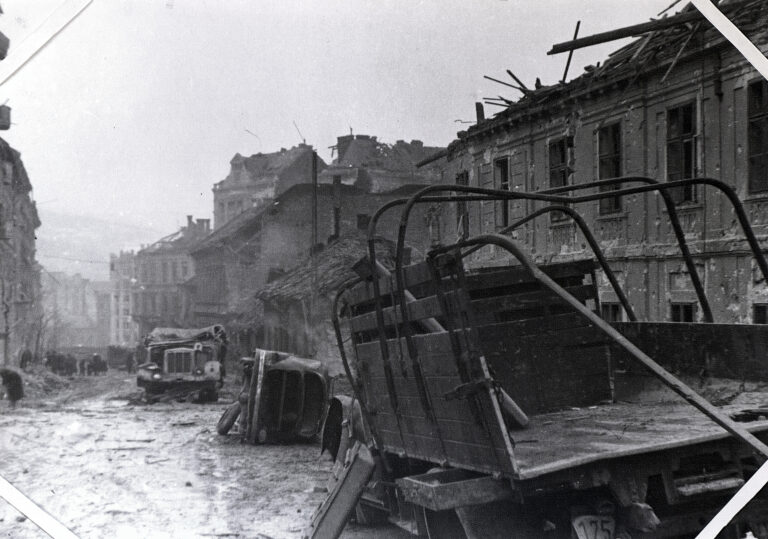Akvárium Klub, A38, Budapest Park, and of course the festivals. These are just a few of the many venues where today’s young people can have a night on the town. It is now quite commonplace that the possibilities are almost endless if we want to go to a concert or a party. However, this was not always the case in Hungary, as back then the Kádár era severely limited the entertainment options of the youth as well. But how did young adults of the notorious Kádár era party?
What Music Were They Listening to?
In terms of music style, beat, rock, and disco music were the most favoured. At concerts, youngsters danced to Hungarian hits that are still well-known today. To mention just a few famous bands, Hungária, Neoton Família, Dolly Roll, Beatrice, and Republic were all especially popular with young people. Even today, our parents are likely to be blasting Neoton Família songs by heart.
Where Did They Party?
As there were few places to go out in the 1970s and 1980s, house parties became common since they provided a much more informal form of entertainment. As young people going to parties were not looked upon favourably in the villages, these fun nights were usually organized in city prefabs. Not incidentally, it also allowed them to hide from state control.
During the Kádár era, it was forbidden to drink alcohol on the streets and sometimes people were even searched and checked in pubs.
In contrast, at house parties, young people had the opportunity to meet and flirt, and they only had to worry that their parents would come home earlier or that annoying neighbours would call the police on them on the landline phone.
Before the Internet and social media, the word about parties also spread differently than it does today. Young people informed each other when they had permission from their parents or when they were out of the house, and it spread through word of mouth who was going to have a good party and where; there was even a time when there were stickers all over town telling you where to go to the next house party. Could we imagine that in 2020?
At that time, analogue devices were already more widespread, with TV and radio in most homes, but soon video clips were also beginning to take off around the world. As a result, video discos appeared and became very revered alongside house parties.
With the right technical equipment, it is now almost possible to listen to music at home as if we were at a concert. In the old days, the cassette player was all the rage. Often the youngsters did not even need alcohol, just the aforementioned instrument with good hits, and the dancing could begin right away. Those who had two cassette players and could copy songs from one cassette to the other were the coolest of all.
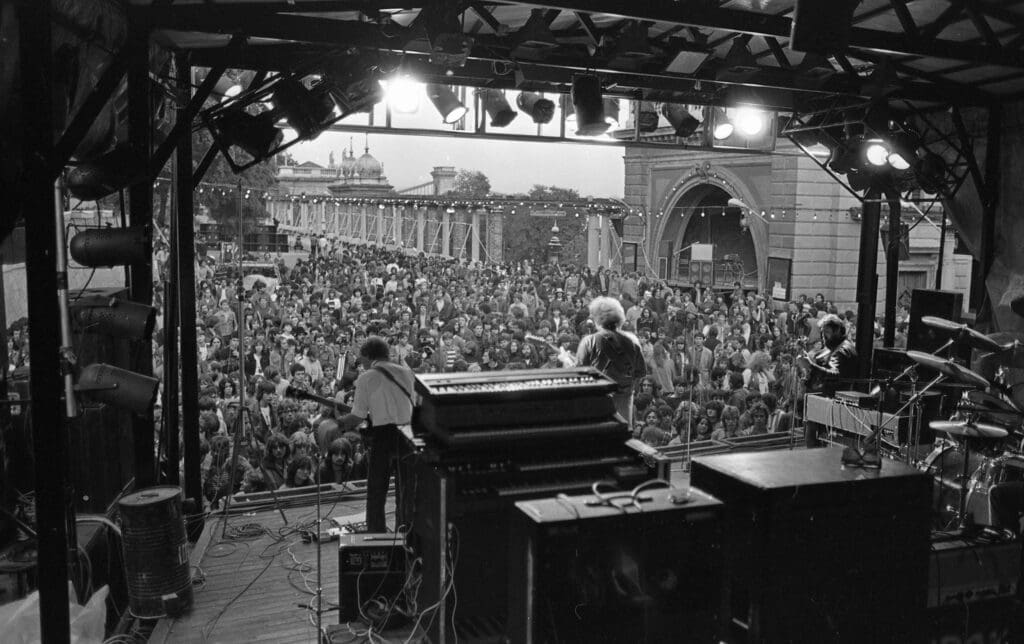
What Drinks Were Consumed?
When we think of the most popular alcoholic drinks consumed at parties today, cocktails, screwdriver, and whiskey and coke come to our mind. In addition, beers and spritzers are also an integral part of drinking with friends. In the olden days, young people had a huge selection of beers to choose from, including Kőbányai ale, Szalon, Kinizsi beer, and Balatoni ale. For those looking for quality, there were beers from the brands Sirály and Zsiráf, too. Foreign beers were also available, such as Berliner beer from the DDR. In the 1970s and 1980s, almost only Eastern Bloc spirits could be bought, which were not exactly the finest alcoholic beverages. The most desired non-alcoholic drinks were Sió, Márka, Oázis soft drinks, or Szobi syrup.
What Food Did They Eat?
As it is now, breadsticks used to be the king of every party; they were an indispensable part of house parties already in the Kádár era. At the time, the brand Pattinka was the most popular, while today it is the Nógrádi saltines. A few decades ago, popcorn was still popped on the gas stove, the most sought-after being Puki. Before the regime change, there were not as many crisps in the supermarkets as there are nowadays, but Traccsparti potato chips are probably familiar to those who were young in the Kádár era.
The following video shows the preparation of Puki popcorn:
Így készítsd el az alufóliás PUKI-t (pattogatott kukorica)
Az alufóliás PUKI a Kisszállási Bácska Tsz terméke volt.
What Kind of Clothes and Make-Up Did They Wear?
To this very day, the hair and make-up trend worn in discos has not completely disappeared, with some of it occasionally reappearing in the fashion world. Long, thick hair was a well-liked look for both men and women, typically in a variety of colours. Women wore make-up of different bright colours and were often assisted by make-up artists. The more exaggerated it was, the cooler it was considered.
In terms of dress style, shoulder pads were greatly beloved by youngsters—to boost outerwear in this way was all the rage during the Kádár era. Besides, crop tops, jackets, and blazers also gained ground. The jeans material was in its heyday, appearing in the form of trousers and shirts as well. Carrot-fit jeans were the most popular style, with a high waist and occasional rips here and there. As well as jeans, stretch pants were also a favoured choice for women—if we look at the Neoton Família band’s attire, it well reflects what a flawless party outfit looked like back then.
Read more about the Kádár era in Hungary:
Click here to read the original article.

